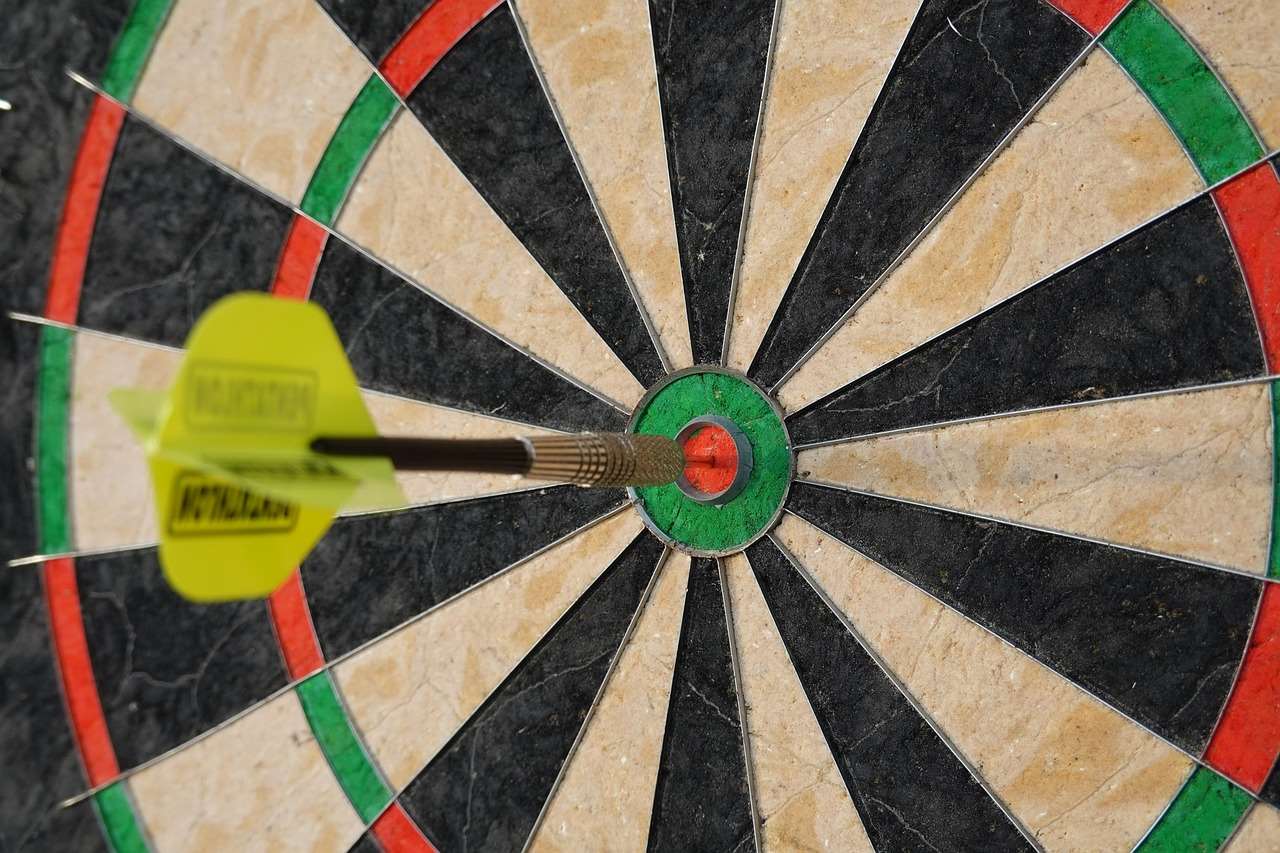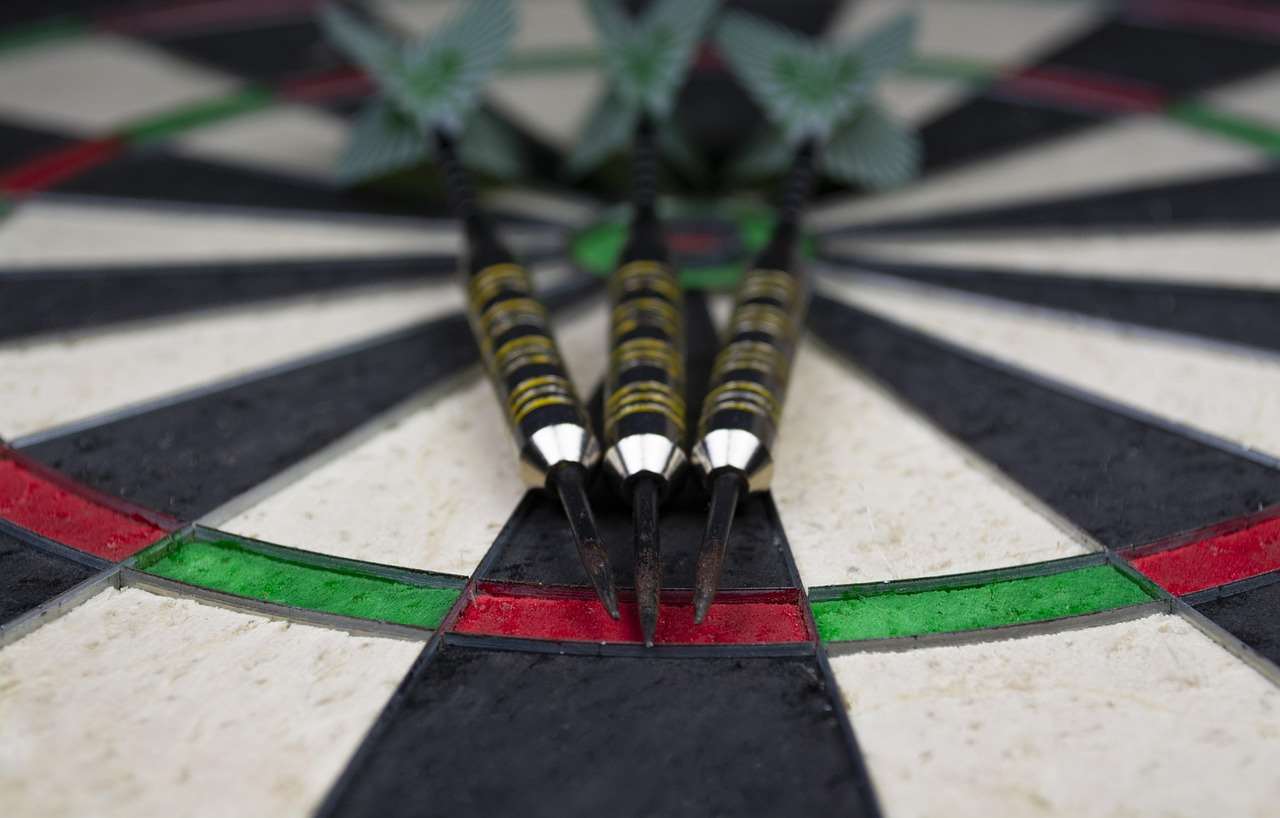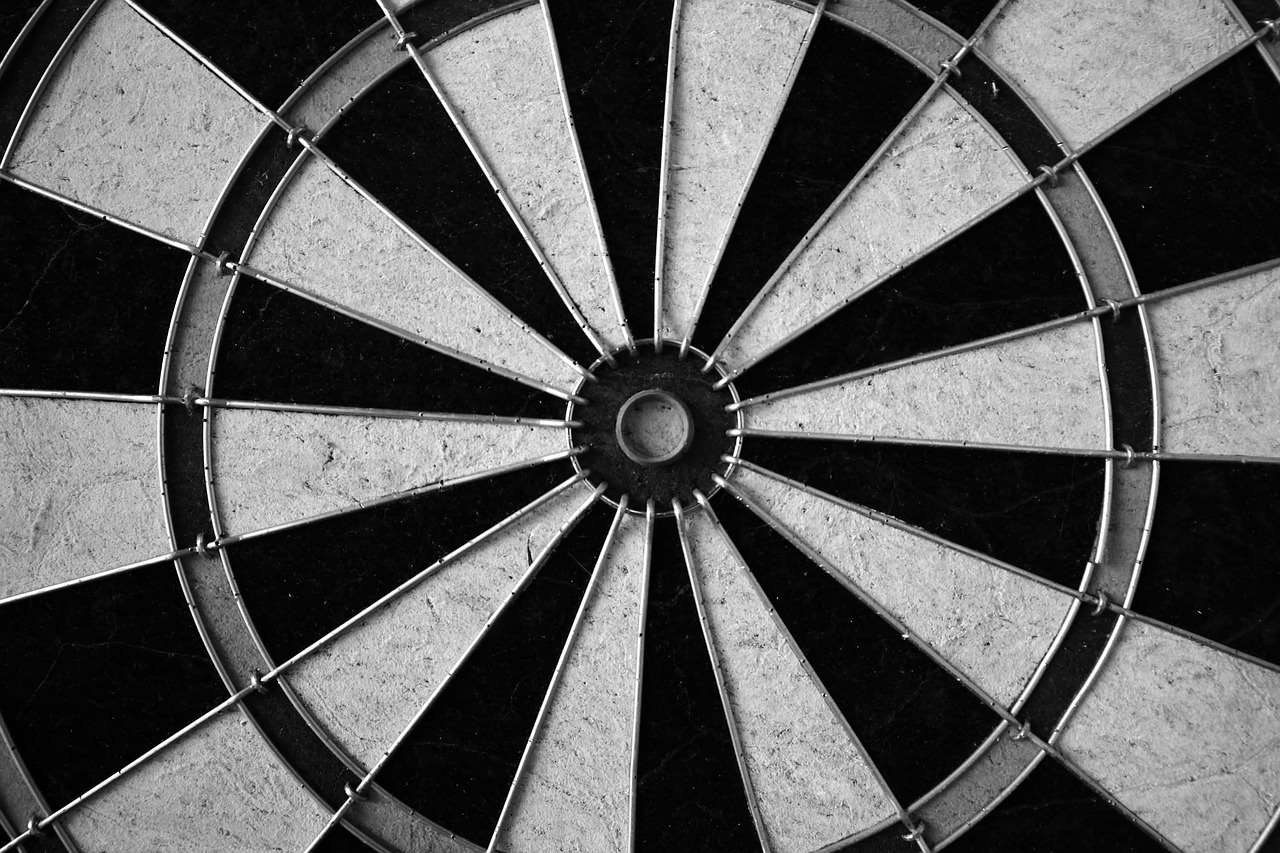Darts is a fantastic sport that can be enjoyed by people of all abilities, and **promoting darts to people with disabilities** opens up a world of possibilities for participation and enjoyment. This article will explore how to make darts accessible and inclusive for individuals with a wide range of disabilities, covering everything from equipment modifications to creating supportive environments and fostering a vibrant community.
⚠️ Still Using Pen & Paper (or a Chalkboard)?! ⚠️
Step into the future! The Dart Counter App handles all the scoring, suggests checkouts, and tracks your stats automatically. It's easier than you think!
Try the Smart Dart Counter App FREE!Ready for an upgrade? Click above!
Understanding Accessibility in Darts
Making darts accessible requires understanding the diverse needs of individuals with disabilities. This encompasses physical disabilities, visual impairments, hearing impairments, and cognitive differences. Adaptations and modifications are crucial to ensure everyone can participate comfortably and enjoyably. Consider, for example, the use of ramps for wheelchair users or tactile markings on the oche for visually impaired players. Further accessibility can be made by offering adaptive equipment for people with physical limitations.
Different Types of Disabilities and Their Impact on Playing Darts
- Physical Disabilities: This category includes individuals using wheelchairs, those with limited mobility, amputations, or other conditions affecting movement. Adaptations may involve using assistive devices for throwing or modified playing positions.
- Visual Impairments: This can range from partial sight to complete blindness. Strategies include using audible cues, tactile scoreboards, and sighted guides.
- Hearing Impairments: Communication is key. Visual cues, written instructions, and patience are essential for ensuring clear understanding.
- Cognitive Differences: Clear, concise instructions and a supportive, understanding environment are crucial for individuals with cognitive differences. Break down the rules into smaller steps and offer positive reinforcement.
Equipment Adaptations and Modifications
Adaptive equipment plays a vital role in **promoting darts to people with disabilities**. Simple modifications can make a significant difference in enabling participation. The right equipment is crucial for creating a level playing field and ensuring everyone can participate fully. This could involve using assistive devices, modifying the dartboard setup, or adjusting the throwing line.

Assistive Devices for Throwing
For individuals with limited arm strength or dexterity, assistive devices can provide extra support. These might include arm supports, dart holders, or modified dart grips. The goal is to provide stability and control, enabling the player to throw the dart accurately.
Modified Dartboard Setups
Adjusting the height of the dartboard can accommodate wheelchair users or individuals with limited reach. Additionally, using a larger target area or a magnetic dartboard can make it easier for individuals with visual impairments or motor skill challenges. The key is to experiment and find the setup that works best for the individual player.
Alternative Dart Types
Consider lighter darts or darts with larger grips for individuals with dexterity issues. Softer tip darts might also be safer for certain players. Research different dart types to find the ones that best suit the specific needs of each player. Also, consider the impact of the dart weight on the overall enjoyment of the experience. Finding the right weight dart can be important.
Creating an Inclusive Darts Environment
A welcoming and supportive environment is just as important as accessible equipment when **promoting darts to people with disabilities**. This includes ensuring physical accessibility, fostering a culture of respect and understanding, and providing opportunities for social interaction. Consider implementing policies to prevent discrimination and promoting diversity and inclusion.
Physical Accessibility Considerations
Ensure the venue is wheelchair accessible, with ramps, accessible restrooms, and adequate space for maneuvering. The throwing line (oche) should be at a height that is comfortable for wheelchair users, and there should be sufficient lighting for individuals with visual impairments. Thoughtful planning can create a welcoming space for everyone. It is also important to consider noise levels and visual clutter, which can be overwhelming for some individuals.

Training and Education for Staff and Participants
Provide training to staff and other participants on disability awareness and inclusion. This can help to foster a more understanding and supportive environment. Educate people about different types of disabilities, how to communicate effectively with individuals with disabilities, and how to provide assistance when needed. Consider partnering with disability organizations to conduct training sessions.
Promoting Positive Attitudes and Language
Encourage respectful language and attitudes towards individuals with disabilities. Avoid using stereotypes or making assumptions about their abilities. Create a culture of inclusivity where everyone feels valued and respected. Lead by example and address any instances of discrimination or prejudice promptly and effectively.
**Promoting Darts To People With Disabilities**: Outreach and Recruitment
Actively reach out to disability organizations and community groups to promote darts as an accessible sport. Partner with these organizations to host introductory events and workshops. Use inclusive marketing materials that feature people with disabilities participating in darts. The key is to demonstrate that darts is a sport for everyone. Consider social media campaigns, local news articles, and partnerships with local businesses to spread the word.
Working with Disability Organizations
Collaborate with disability organizations to develop programs tailored to the specific needs of their members. This could include providing adaptive equipment, training instructors, or offering transportation assistance. Building strong partnerships can help to ensure that darts is accessible to a wider audience. For example, a local vision impairment association could provide guidance on optimal lighting or tactile aids for players.

Hosting Introductory Events and Workshops
Organize introductory events and workshops specifically for people with disabilities. These events should be designed to be fun, engaging, and accessible. Provide opportunities for participants to try out different types of adaptive equipment and receive instruction from experienced coaches. Showcase the social and recreational benefits of playing darts. The experience attending live darts is often a motivating factor.
Utilizing Inclusive Marketing Materials
Use inclusive language and imagery in all marketing materials. Feature people with disabilities participating in darts in your brochures, website, and social media posts. Highlight the adaptations and modifications that have been made to make darts accessible. Show that darts is a sport where everyone can succeed. Emphasize the community aspect and the opportunity for social interaction.
The Benefits of Darts for People with Disabilities
Participating in darts can offer a wide range of physical, mental, and social benefits for people with disabilities. It can improve hand-eye coordination, concentration, and strategic thinking. It can also provide opportunities for social interaction, friendship, and a sense of accomplishment. Darts can be an empowering and fulfilling activity for individuals of all abilities.
Physical Benefits
Darts can improve hand-eye coordination, fine motor skills, and balance. It can also provide a low-impact form of exercise that is suitable for people with a variety of physical limitations. Even small improvements in physical function can have a significant impact on overall quality of life. Darts may also contribute to improved upper body strength and endurance.

Mental Benefits
Darts can improve concentration, focus, and strategic thinking. It can also provide a sense of accomplishment and boost self-esteem. The mental challenge of darts can be particularly beneficial for individuals with cognitive differences. Learning a new skill can be empowering and confidence-boosting. Practicing darts can be a form of mindfulness, helping to reduce stress and anxiety.
Social Benefits
Darts provides opportunities for social interaction, friendship, and community involvement. Joining a darts team or league can help people to connect with others who share their interests. The social aspect of darts can be particularly important for individuals who may experience social isolation due to their disability. **Promoting darts to people with disabilities** can help foster a sense of belonging and camaraderie. Understanding the fan culture at live darts is important.
Funding and Resources
Securing funding and resources is essential for developing and sustaining accessible darts programs. Explore grant opportunities from disability organizations, sports foundations, and government agencies. Partner with local businesses and community organizations to raise funds and awareness. Advocate for increased funding for disability sports programs. Many organizations are willing to support initiatives that promote inclusion and accessibility.
Grant Opportunities
Research and apply for grants from organizations that support disability sports programs. Many foundations and government agencies offer funding for initiatives that promote inclusion and accessibility. Be sure to carefully review the eligibility requirements and application guidelines. Highlight the benefits of darts for people with disabilities in your grant proposals. Consider the long-term sustainability of your program when seeking funding.

Fundraising Strategies
Organize fundraising events such as darts tournaments, raffles, and auctions. Partner with local businesses to sponsor your programs. Utilize online fundraising platforms to reach a wider audience. Be creative and engage your community in supporting your efforts. Transparency and accountability are essential for building trust with donors.
Conclusion
**Promoting darts to people with disabilities** is not only about making the sport accessible; it’s about creating opportunities for inclusion, empowerment, and social connection. By implementing the strategies outlined in this article, we can create a more welcoming and equitable darts community for everyone. Remember, darts is a sport that can be enjoyed by people of all abilities. Take action today to make a difference and open up the world of darts to individuals with disabilities. Contact your local darts organization or disability advocacy group to learn more about how you can get involved and contribute to creating more inclusive and accessible opportunities in darts.
Hi, I’m Dieter, and I created Dartcounter (Dartcounterapp.com). My motivation wasn’t being a darts expert – quite the opposite! When I first started playing, I loved the game but found keeping accurate scores and tracking stats difficult and distracting.
I figured I couldn’t be the only one struggling with this. So, I decided to build a solution: an easy-to-use application that everyone, no matter their experience level, could use to manage scoring effortlessly.
My goal for Dartcounter was simple: let the app handle the numbers – the scoring, the averages, the stats, even checkout suggestions – so players could focus purely on their throw and enjoying the game. It began as a way to solve my own beginner’s problem, and I’m thrilled it has grown into a helpful tool for the wider darts community.